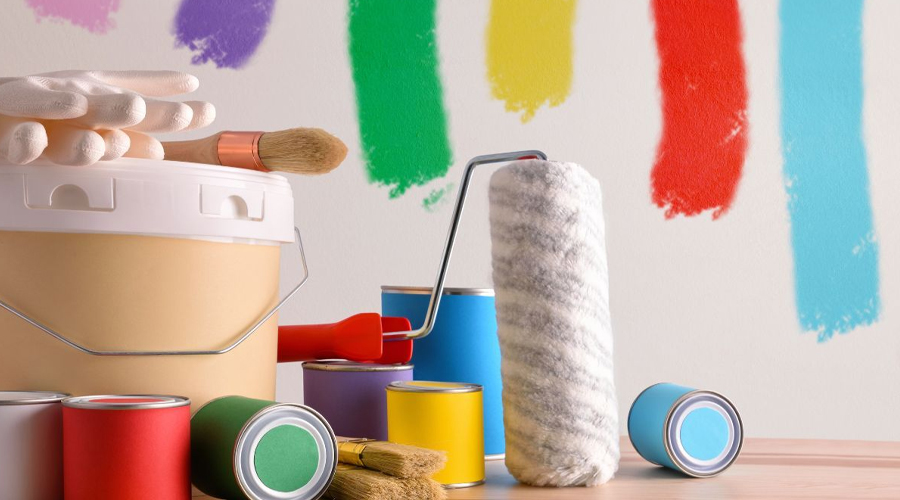
Bored of the plain walls of your home? We, Genuine Coatings, are here to your rescue. Our team understands paint removal as an intricate process that requires technique and precision. Whether you are stripping off paint from wood or metals, it has to be done using the correct methods. Many times homeowners make mistakes that can be easily avoided with proper knowledge. A lot of people have this misconception that paint removal does not matter. In fact, it will make the reapplying process a lot more simpler. The painters will have to put in less effort to scrape the old paint, this will reduce the total time spent in the whole process. Before taking over a paint removal project you should be aware of these common mistakes to get a flawless job done.
Firstly, understanding the importance of the process is crucial. A proper paint removal job will preserve the surface of the faucets or walls. Whether you are renovating or refurbishing an area, an improper job can lead to troubles in the long run. A well-done job leaves the surface smooth and ready for a new coat of paint.
SKIPPING PREPARATION
Without preparing the surface, it will become very difficult to remove the hardened layer of paint. A lot of people neglect or skip this step which results in uneven removal. Dirt or debris can interfere in the process which can hinder the proper functioning of the chemicals. So the first thing to keep in mind before starting a paint removal process is to keep all the tools ready in a properly ventilated space, with a surface ready to be prepped. In the case of metals, skipping preparation can lead to a very corrosive surface. For wooden surfaces, start by lightly sanding the surface to expose the layer of paint or apply a paint remover. Similarly, for a glass surface use a razor scraper to remove the paint.
APPLYING TOO MUCH FORCE
If the paint is not coming off, the only feasible solution is to apply more force and scrape the paint off. But by doing this not only the paint but the surface will also be scraped off. This will not be visible to the naked eye at first but will show up when a layer of paint is applied. If you apply force you will do irreparable damage to the metal or wooden surfaces. Instead, gradually work your way through and allow the tools and chemicals to do their job.
NOT TESTING IT ON A SMALL PATCH FIRST
Every chemical needs to be tested beforehand to make sure that it works and does not corrode the surface. Do not make the mistake of covering the whole surface with the chemical, instead do it on a small part and then see the result of it. If it passes the check, does not corrode the surface, and removes the paint properly proceed with the rest of the area.
Following the proper guidelines can increase the longevity of both the paint and the metal or wooden surface.
